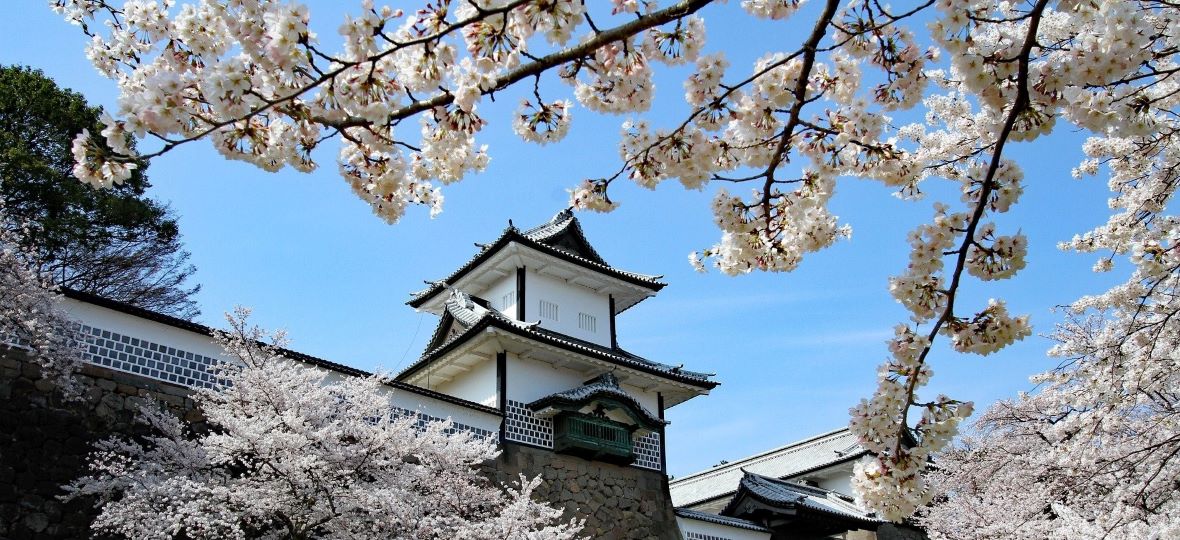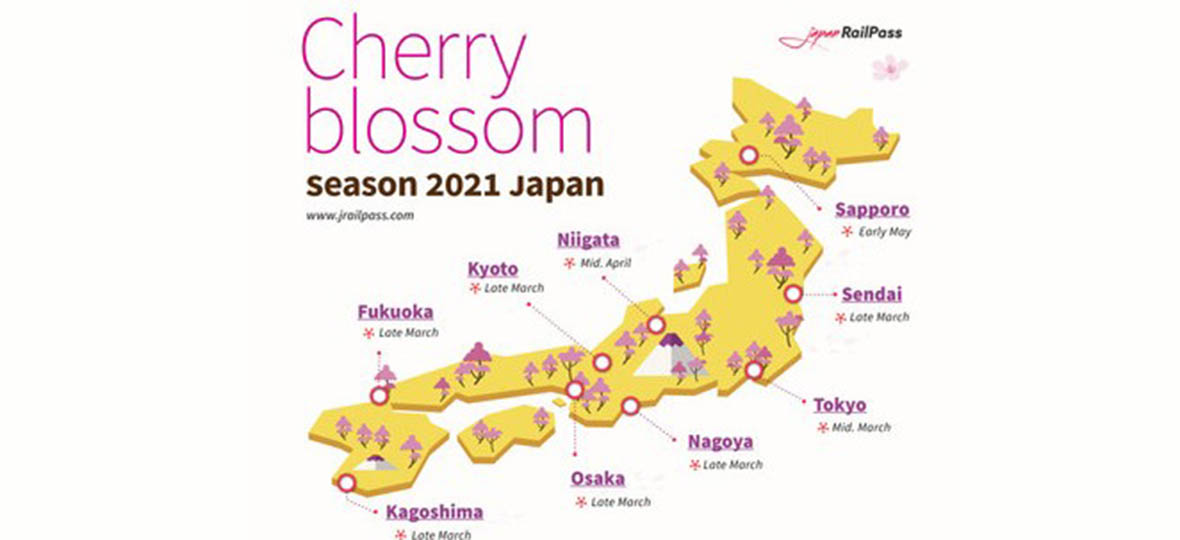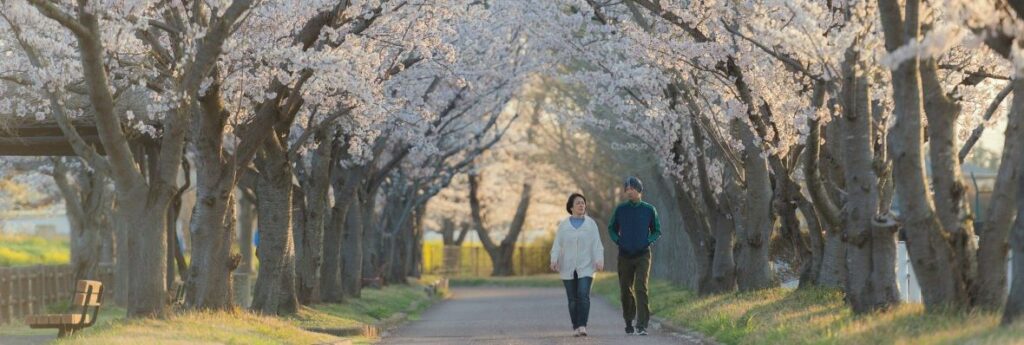Japan’s spectacular cherry blossom (sakura) season is about to begin – earlier than usual – but with the pandemic all but ensuring that international travellers will have to stay away for the second consecutive year in 2021, a host of virtual opportunities have been designed to share spectacular viewing locations with armchair travellers around the world.
The experience of witnessing the amazing bloom of pink and white cherry flowers has long been a cherished annual tradition in Japan, and picnics and flower-viewing parties are popular for locals as well as an increasing number of international tourists.
Sakura usually starts in March at the south of the Japanese peninsula, where temperatures begin to rise earlier, before making its way north to the island of Hokkaido by early May. Once the blossom begins, the flowers usually take around a week to reach full bloom, known as mankai, which also usually lasts about seven days.
As the cherry blossom is such a big attraction and lasts for such a short window of time, the Japan Meteorological Agency (JMC) frequently publishes and updates forecasts for the event every year and this year the bloom is expected early this year due to a relatively warm winter.

The expected flowering date in the Kinki region, which includes Osaka and Kyoto, and the Kanto region, where the capital of Tokyo is located, is expected in mid-March. Meanwhile, sakura is currently expected to begin in the Kyushu and Tohoku regions either later in the month or in early April, and on Hokkaido, the cherry bloom is expected a little later than in 2020, beginning from late April in the southern and central parts of the island to early May in western and eastern regions.
Some of the most popular places for sakura viewing in Japan are the many parks and gardens of the vast number of shrines, castles, and temples across the country, including at the thousands of Hanami cherry blossom festivals that take place during the period, and this year, many popular sakura viewing sites have introduced a number of virtual experiences, including 360 panoramic video tours.
Additionally, a number of other Japanese virtual travel experiences have been set up to allow those planning to visit the country to get to know popular attractions before their visit, as well as to provide a digital alternative to those currently unable to travel.
These include virtual tours of many of the most popular museums as well as live video feeds of iconic attractions such as Mount Fuji and the Jigokudani Snow Monkey Park.
For a full a listing of virtual opportunities, and one-stop shop for links, visit HERE.


